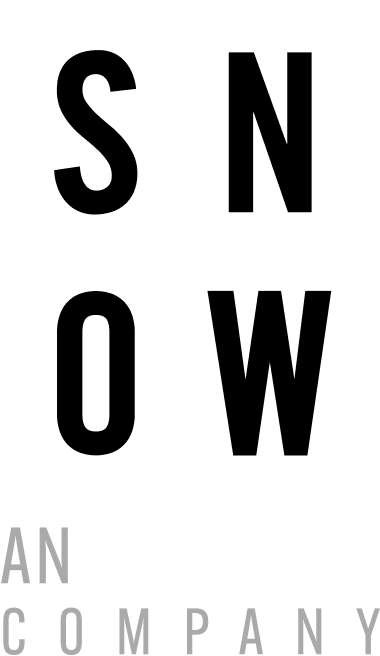Well what is duplicate content and why is it so bad in the first place? More content, even if it’s the same…is good…no?
No. It’s not.
Duplicate content is just as it sounds, a duplicate page of a page that already exists. Or the same content that appears in multiple places on the web. More specifically, and according to a site that would know a thing or two about how this stuff is treated, Google spells it out as:
“Duplicate content generally refers to substantive blocks of content within or across domains that either completely match other content or are appreciably similar. Mostly, this is not deceptive in origin.”
Now, yes, the above definition is directly lifted from Google and is thus technically duplicate content. It’s also copied verbatim to most prominent pages on this topic though. It doesn’t quite constitute a substantive block so we’re good.
You don’t exactly get penalized per se but there are real consequences to having a site chock full of duplicate content.
Why You Don’t Want Duplicate Content on Your Website
In a nutshell, duplicate content can slay your SEO.
How?
Let’s consider that very quote above. If you pop that sucker in Google, you’ll see pages after page after page of search results with those exact words. The question becomes, how does Google sort those results? That’s part of the issue with duplicate content and your SEO. Search engines need to figure out how to rank those results. It’s perplexing to have duplicates and it simply doesn’t help your cause.
Ultimately Google, and humans, like distinctive and valuable content. The good stuff. Unique content. And it tends to rank those higher.
Another issue with duplicate content comes from the URLs themselves and, again, these are largely not deceptive in origin as Google points out. If your website is like most out there, you’re running a theme on a CMS like WordPress or something of the like and that CMS/theme can end up creating duplicates of pages. The content, article, blog, service page, etc. may be unique but multiple URL’s point to it.
An example from Google of what that might look in practice is:
http://example.com/green-dresses
https://example.com/green-dresses
http://www.example.com/green-dresses
Or
https://blog.example.com/dresses/green-dresses-are-awesome/
https://blog.example.com/green-things/green-dresses-are-awesome/
The content exists only once but is unintentionally duplicated.
This can become an even bigger problem from eComm sites that have tons and tons of products on offer. It affects SEO which in turn dings your traffic and potentially creates a poor user experience.
How to Fix It
Rest assured though, there are solutions!
Those URL issues can be easily, but perhaps tediously, fixed with something called 301 redirects that solve the issue of people accessing your site via www/http/https/etc.
You can also set up what’s known as a canonical URL. If you have duplicate pages for products or whatnot, you’re telling Google that the canonical version is the original. More importantly, what the means is that you’re saying that duplicates of that page should point back to and bolster that URL. That works to improve SEO for that page.
It’s pretty common for eCommerce sites to use session IDs in their URL for tracking behavior as well as making it possible to use a shopping cart. However, when those session IDs are added to a URL, guess what…you get a duplicate page. A fix for that is the aforementioned canonical URL or tracking with cookies.
There are tools out there that can crawl your site for duplicate content, CopyScape and Siteliner being a couple of examples.
Perfect Your Internet Presence With Help From the Snow Agency
It’s tricky and convoluted business to chip away at duplicates but it’s necessary work. Your eComm and SEO health depend on getting these details in order. Get in touch with us at The Snow Agency and let’s get you an audit to see where you stand and take the confusion out of the process.
